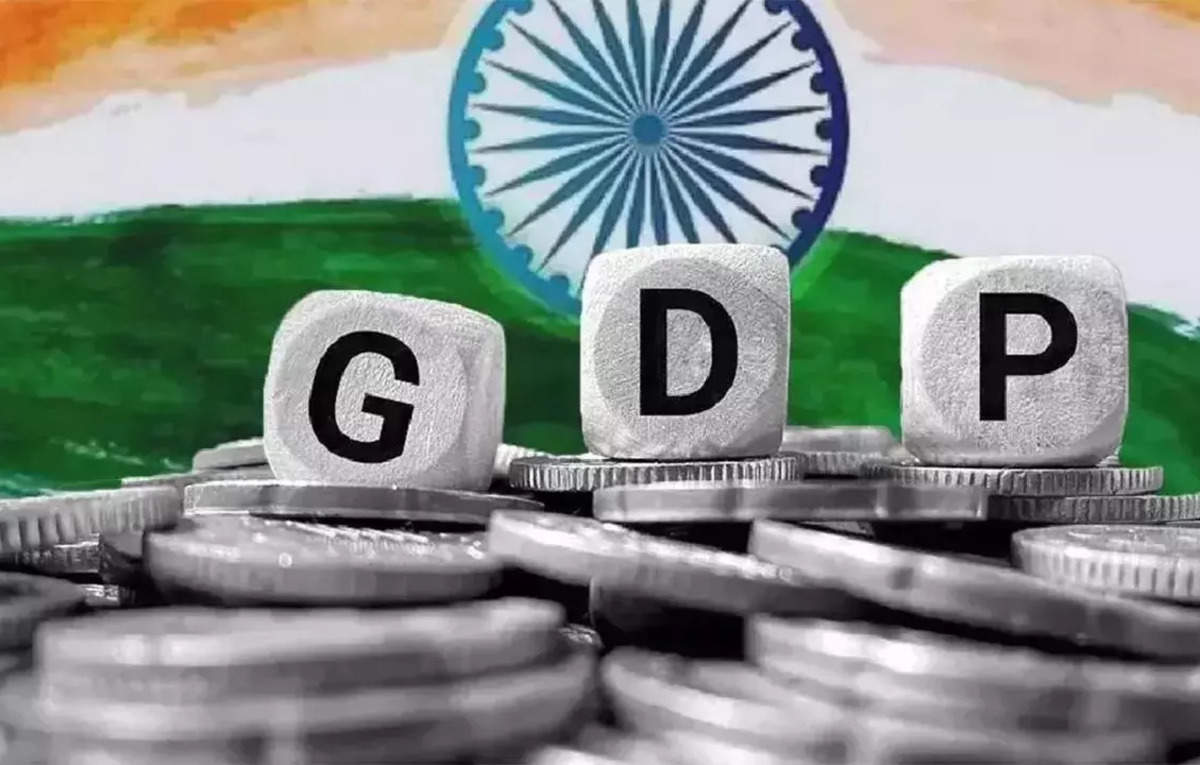India’s GDP surged by 8.4% in the third quarter of FY24, as per the latest data from the Statistics Ministry — it is safe to say that infrastructure development plays a huge role in this and has been a major player in boosting India’s economy and helping it establish itself as a powerhouse on the global stage.
It is worth noting, however, that infrastructure doesn’t comprise of just one thing. It includes a wide range of tangible assets, such as public utilities, communication routes, energy systems, and transportation networks, all of which come together to drive economic prosperity and growth.
Infrastructure Development: The Catalyst We Need For Economic Prosperity
So how exactly does the development of a country’s overall infrastructure translate to economic growth and prosperity? Read on to find out:
1. Facilitating Trade and Commerce:
The development of infrastructure is crucial for promoting trade and business. The flexible movement of goods is achieved through the use of efficient logistics and transportation networks, which also help to eliminate delays and lower transportation costs. Let’s first look at the four key pillars through which infrastructure can facilitate better trade and commerce: transport, energy, digital, and institutional.
Transport infrastructure, namely roads, railways, ports, airports, and waterways, helps with the seamless movement of goods and services, all of which leads to the lowering of transport costs, reduction in travel time, and eventually expanding market access. A good energy infrastructure system makes way for reliable and affordable energy for conducting trade activities, through the generation of power and transmission of power. With digital infrastructure comes the use of information and communication technologies (ICT) for trade purposes. It enhances connectivity, reduces transaction costs, and promotes digital inclusion, particularly benefiting small and medium enterprises (SMEs) and enabling cross-border data flows. Lastly, institutional infrastructure, which ideally covers legal, regulatory, policy, and administrative frameworks, plays a crucial role in trade relations and operations, by creating a conducive business climate. It thus ensures transparency, resolves disputes, and fosters cooperation.2. Boosting Productivity and Efficiency:
Infrastructure spending stimulates increased efficiency and production. It serves to improve the effectiveness and efficiency of the entire supply chain network by lowering transportation costs and simplifying operations. Furthermore, modernized infrastructure supports technological advancements and innovation. Upgraded communication networks enable faster dissemination of information, facilitating real-time decision-making and collaboration among businesses and individuals. Enhanced energy infrastructure ensures reliable power supply, reducing downtime and increasing operational efficiency for industries reliant on continuous energy consumption. By investing in infrastructure development, governments and businesses can create an environment conducive to economic growth, driving productivity gains and fostering competitiveness on both domestic and global scales.
3. Attracting Investment in Various Sectors:
India remains a magnet for foreign investment, securing its position as the eighth-largest recipient of FDI globally in 2023. A well-established infrastructure network is a key factor; This is because infrastructure development creates an environment ripe for economic prosperity, benefiting industries spanning manufacturing, agriculture, services, and technology. The robust infrastructure acts as a catalyst for foreign direct investment, providing companies with the essential framework for profitable operations and sustainable expansion, thereby solidifying India’s appeal as a prime investment destination
4. New Innovations and Technological Advancements:
Innovations and technical developments are made possible by the development of infrastructure. Innovations in digital infrastructure, including smart grids and broadband networks, make it possible for new technologies to be adopted. Resource optimization and environmental preservation are aided by smart infrastructure solutions, such as energy-efficient buildings and intelligent transportation systems.
Impact on Environment:
Although there is no denying the economic benefits of infrastructure development, the environment also benefits from it. Even though building infrastructure projects can result in pollution of the air and water, habitat loss, and other environmental problems. Infrastructure development, however, can lessen its environmental impact and even aid in environmental conservation with proper planning and sustainable practices. The negative effects of infrastructure development can be greatly minimized by investing in renewable energy infrastructure and implementing sustainable urban design, guaranteeing a balance between environmental stewardship and economic prosperity.
However, realizing the full potential of infrastructure-led growth requires strategic planning, prudent management, and effective governance. Governments must prioritize investment in critical infrastructure projects while ensuring fiscal sustainability and minimizing the burden of public debt. Furthermore, transparency, accountability, and regulatory certainty are essential to attract private sector investment and mitigate risks associated with infrastructure projects.
The Bottomline
The economy expands as investments are made in buildings, bridges, and roads. This boosts employment and enables consumers to buy more goods from various companies. Infrastructure projects—whether they include building roads, bridges, or airports—inject money into regional economies, creating jobs and stimulating demand. Moreover, the impact of infrastructure investment goes beyond the first stages of building, since enhanced connectivity and accessibility promote the movement of people and products, which in turn stimulates trade and commerce.
In conclusion, infrastructure development is not merely a means to an end but a catalyst for sustainable economic growth, social development, and prosperity. By investing in infrastructure, countries can unlock new opportunities, enhance productivity, and build resilient economies capable of withstanding future challenges. Together, let us pave the way for a brighter and more prosperous future through strategic infrastructure investments.
(This article is written by Gul Basantani, Partner, Mazars Advisory Practice)


